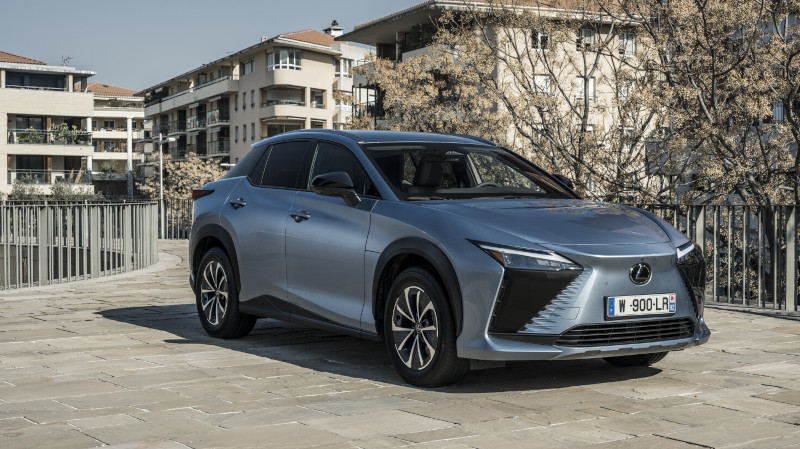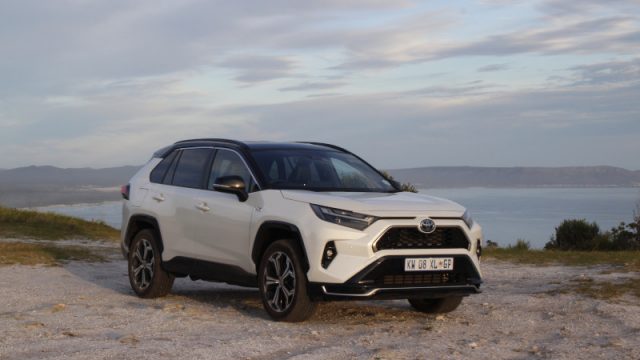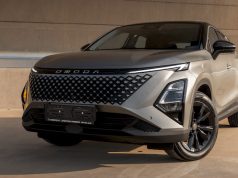The Toyota RAV4 plug-in hybrid will go on sale in South Africa in 2025. We borrowed one of these cars, which Toyota is testing locally, for a drive in the Western Cape.
Before we get to how it performed, what makes a plug-in hybrid different from a regular hybrid?
In contrast to a regular hybrid, such as the Corolla Cross Hybrid or RAV4 Hybrid (already on sale here), the plug-in RAV4 has a much larger drive battery. It can store 18,1 kWh, compared to the regular RAV4 Hybrid’s 1,6 kWh. There is another important difference between the two batteries: Where the regular hybrid depends on the engine and momentum to charge its battery, the plug-in hybrid can be plugged into a power point.
The disadvantage of a regular hybrid is that its electric motor(s) can propel it for less than a kilometer at a time before the petrol engine has to kick in to help. In contrast, the plug-in hybrid can drive almost 80 km while the engine sleeps.
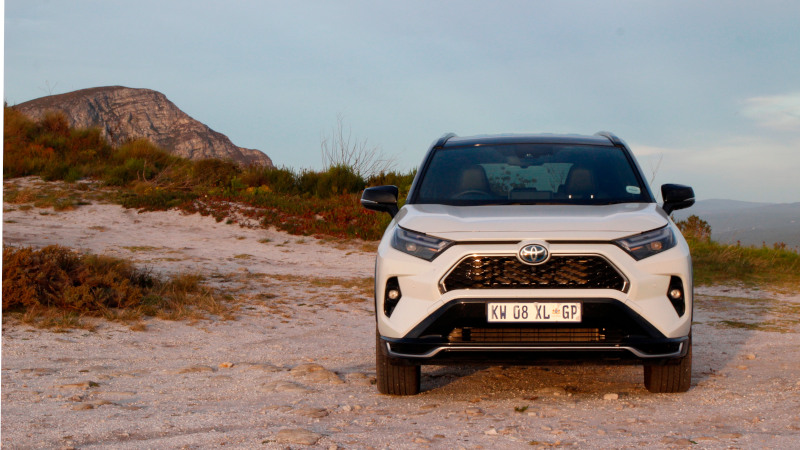
How does it drive?
Apart from low energy costs, electric cars and plug-in hybrids have another big advantage: performance. Take this RAV4: When its 2,5-litre petrol engine and the two electric motors in the vehicle join forces, they deliver 225 kW! This enables this RAV4 to accelerate from 0-100 km/h in just 6 seconds, and also to easily overtake other road users. (Toyota is secretive about the maximum torque output, but one source says it’s 390 Nm.)
[mailchimp_list]
When its 18,1 kWh battery is ‘empty’, after about 75 km, it drives more or less like a normal hybrid. But when you put your foot down to pass another vehicle on the open road, it feels like it’s still dishing out that entire 225 kW.
Other than the brisk acceleration, it feels like any other RAV4 4×4.
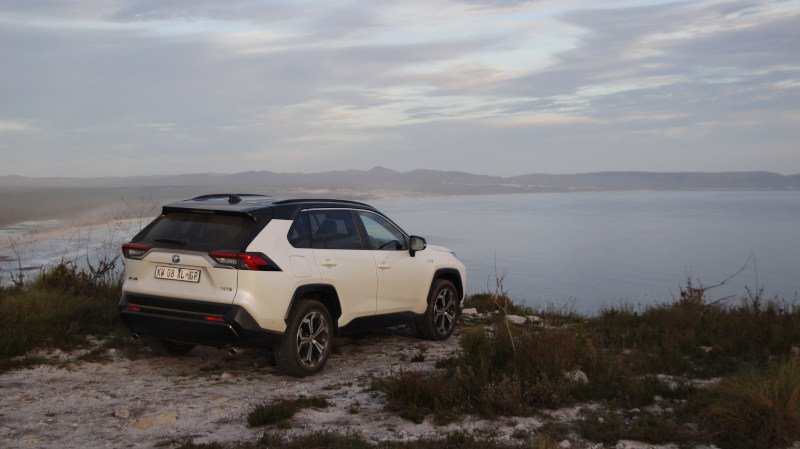
How long does it take to charge?
The amount of time it takes will depend on where you charge, and what kind of built-in charger the model destined for South Africa is equipped with. At a fairly decent power source, such as one of GridCars’ along the N1 and in large cities, it will take about 90 minutes from empty to full. With a slow connection you can expect a charge time of 5-6 hours. The sensible approach is to plug the car in as soon as you get home or to your office, which quickly becomes a habit.
Should I buy one?
To drive on Eskom’s electricity can be up to 70 percent cheaper than using your petrol or diesel car (depending on what that it is). If you have already made the switch to solar, that saving can be as much as 100 percent if you don’t factor in the cost of the solar system. This means the first 75 km or so that you drive on a fully charged battery will be dirt cheap or even free.
By the way, 75 km may not sound like a lot, but until recently plug-in hybrids could barely manage 40 km before the engine had to take over.
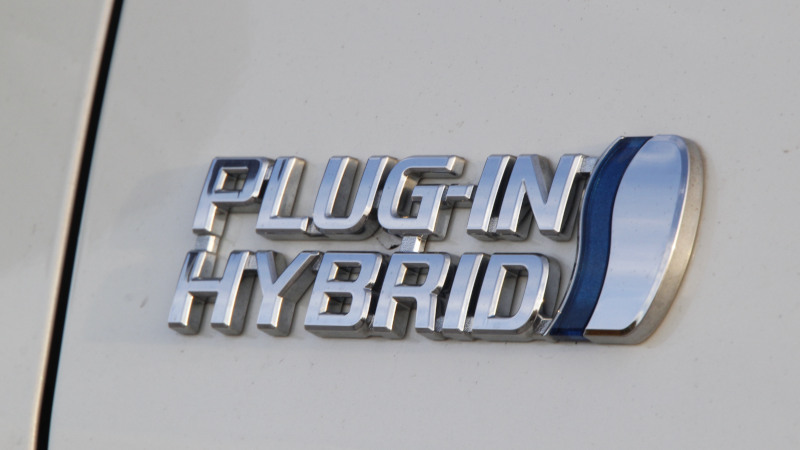
How much will it cost?
The RAV4 model range is priced from R698 600 to R833 300 (July 2023). I believe Toyota will try to sell the plug-in RAV4 for less than R900 000. But that’s in today’s money. Who knows what the exchange rate will look like in 18 months.

I don’t want to wait
The plug-in RAV4 might be more than a year away, but the Lexus plug-ins are around the corner: The RX is coming in the fourth quarter and the NX next year. However, if you’re aching for a fully electric car from the Toyota empire, you won’t have to wait long. The Japanese giant aims to have the all-electric Lexus RZ (pictured below) in the local market before the end of 2023.
